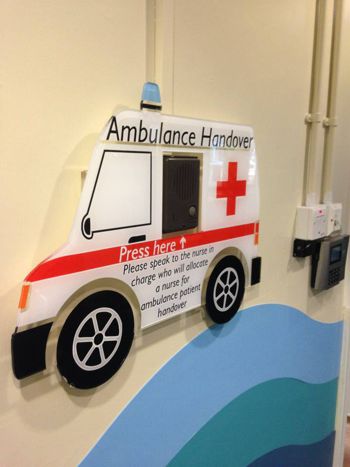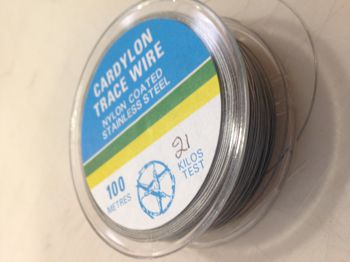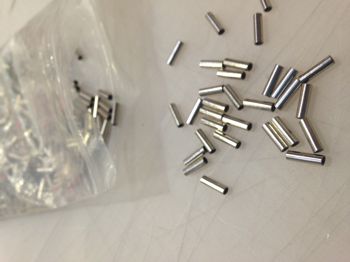HNS Signs Ltd - Tricks of the trade




Michelle Henry, MD of HNS Signs Ltd, is a third-generation sign maker. While Michelle uses a number of industry-specific tools when it comes to fitting signage, she also relies on some tricks of the trade passed down from her Grandfather to get an impressive finish.
Hanging large, heavy signs can require the use of sturdy chains, which although do the job, aren’t always the most aesthetically pleasing.
To circumvent the use of chains when fitting heavy signage, Michelle’s Grandfather utilised none other than fishing tackle. He was responsible for fitting suspended signs in hospitals, vicinities in which visible chains weren’t desirable. Kent & Co Ltd, a Liverpool-based manufacturer of rope and twine produced a trace wire that could be used instead. Doubling nicely from its intended use for angling, the trace wire was the perfect solution in the 1980s, and still works for signage application today.
Like her Grandfather before her, Michelle and the team at HNS Signs work extensively with hospital signage. “Hospitals make up about 70% of our workload; in fact, we are currently looking at re-signing 80 different hospital sites in the Midlands area. We use this stainless steel wire along with crimps and ceiling clips to fit signs of up to 45kgs,” says Michelle. “This is almost invisible, but is essential for the NHS as it can withstand deep cleaning. Kent & Co also have a translucent wire, often seen suspending the signs in supermarkets. The wire comes in spools of 100m and costs as little as £3 per spool, and can also hold a weight of up to 45kgs.”
To fit the sign, the team at HNS Signs will start by drilling a 3mm hole in the top two corners of the sign. “We then thread the wire through it and fasten by squeezing a crimp with pliers over the looped wire, and the same is done with the ceiling clip.”
The “outside-the-box” approach doesn’t just extend to hanging signage in hospitals, but also applies to the design of the signs themselves. The Birmingham Children's Hospital was having difficulty accelerating the process of handing over patients from paramedics to nurses. HNS designed an eye-catching sign, and packed the back with large squares of acrylic bonded together with tensol. To fix it to the wall, they used a high-bond tape to work around the hospital wall layout. The result was a practical, clearly visible sign without any visible fixtures or fittings.
Although Michelle favours some little-known tricks of the trade when it comes to positioning larger signs, some jobs call for the use of modern tools to tackle common problems.
The perks of timesaving tools
When it comes to saving time, money and making the installation process smoother overall, Michelle turns to stockists Signgeer to find the tools for the job. “They have a whole host of items which save time and make the fittings process easier,” she says of her choice.
These tools can be used to combat a number of tricky issues – for example, in jobs that require a vinyl print to be layered over an existing sign, rivets can be problematic. The Rollepro can be used to neatly cover these rivets, and it takes “literally seconds” to iron out the kinks and provide a smooth finish, while another useful tool Michelle turns to is the Snake, which assists with the application of graphics onto vehicles.
For more information, visit www.hnssigns.co.uk.
